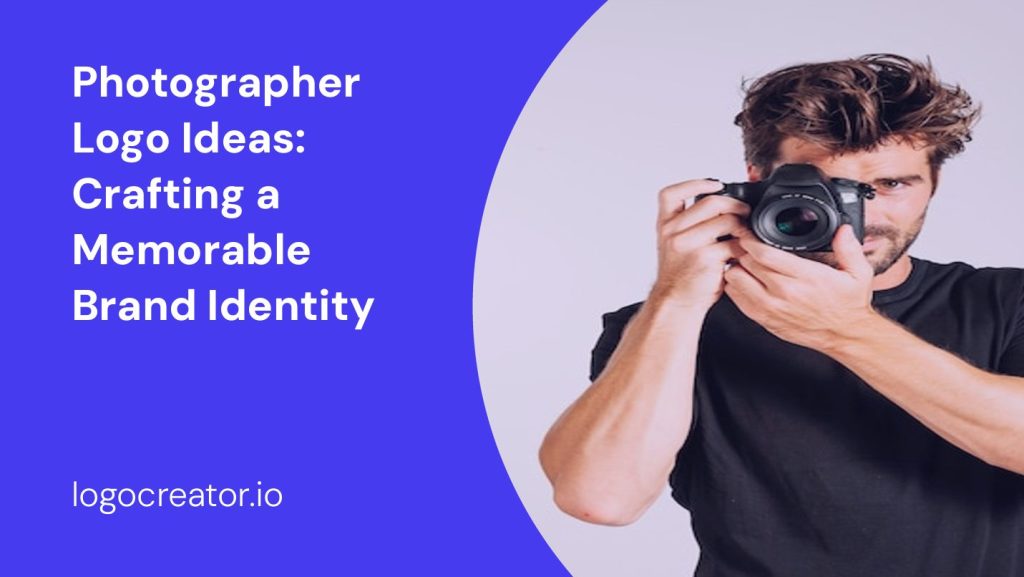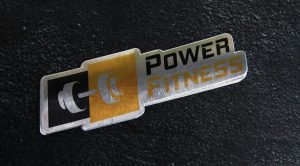As a photographer, you understand the importance of capturing unique and captivating moments through your lens. But have you ever considered the significance of a well-designed logo for your photography business? A logo serves as the visual representation of your brand, creating a lasting impression on clients and helping you stand out from the competition. In this article, we will explore various photographer logo ideas that can help you create a powerful and distinctive brand identity.
Importance of a Photographer Logo
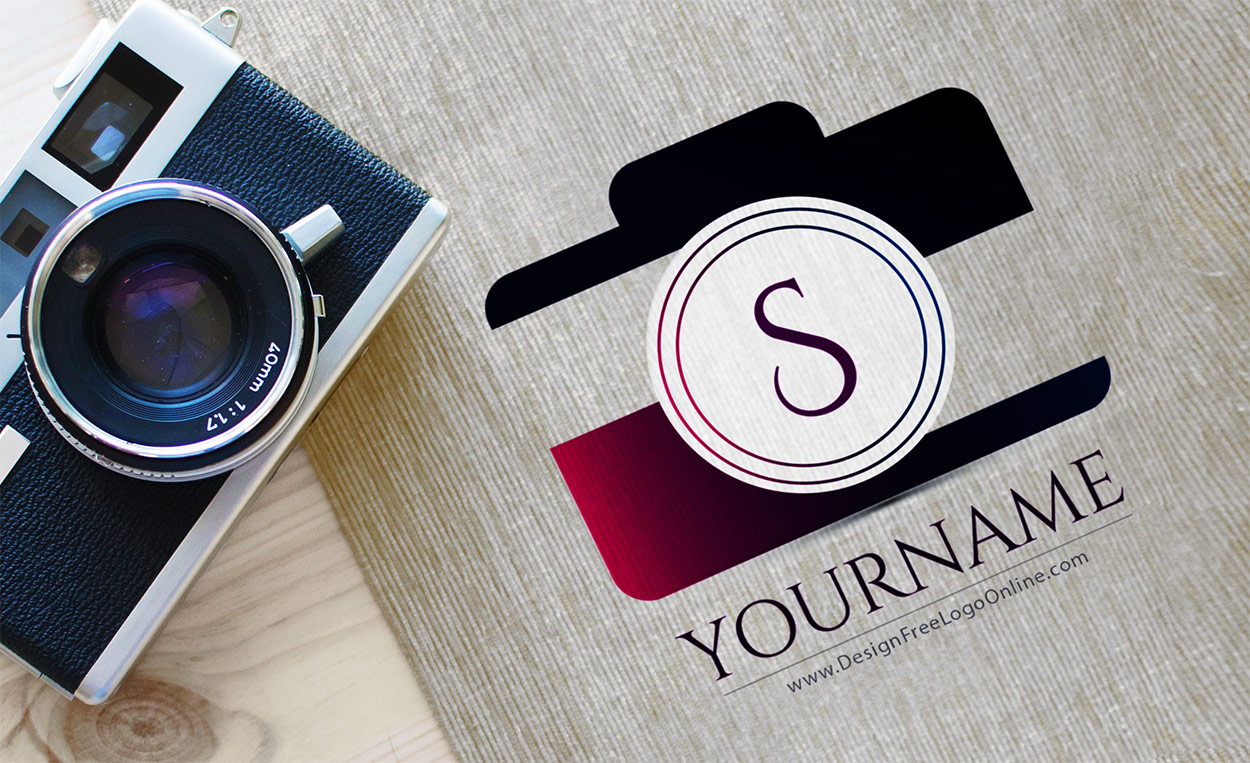
Before diving into specific logo ideas, let’s first understand why having a logo is crucial for your photography business.
Establishing a Strong Brand Identity
A logo is the face of your brand. It represents your unique style, vision, and values. By creating a well-designed logo, you establish a strong brand identity that clients can easily recognize and connect with. A memorable logo helps you differentiate yourself from other photographers and creates a lasting impression on potential clients.
Building Trust and Professionalism
A professional logo adds credibility to your business. It conveys that you take your photography seriously and that you are committed to delivering high-quality work. A well-designed logo shows that you invest time and effort into every aspect of your business, including your visual identity.
Enhancing Brand Recall
A logo acts as a visual cue that triggers memories and associations with your brand. When clients see your logo consistently across various platforms, such as your website, social media, and marketing materials, it reinforces your brand in their minds. This increased brand recall can lead to more referrals and repeat business.
Key Elements of a Photographer Logo
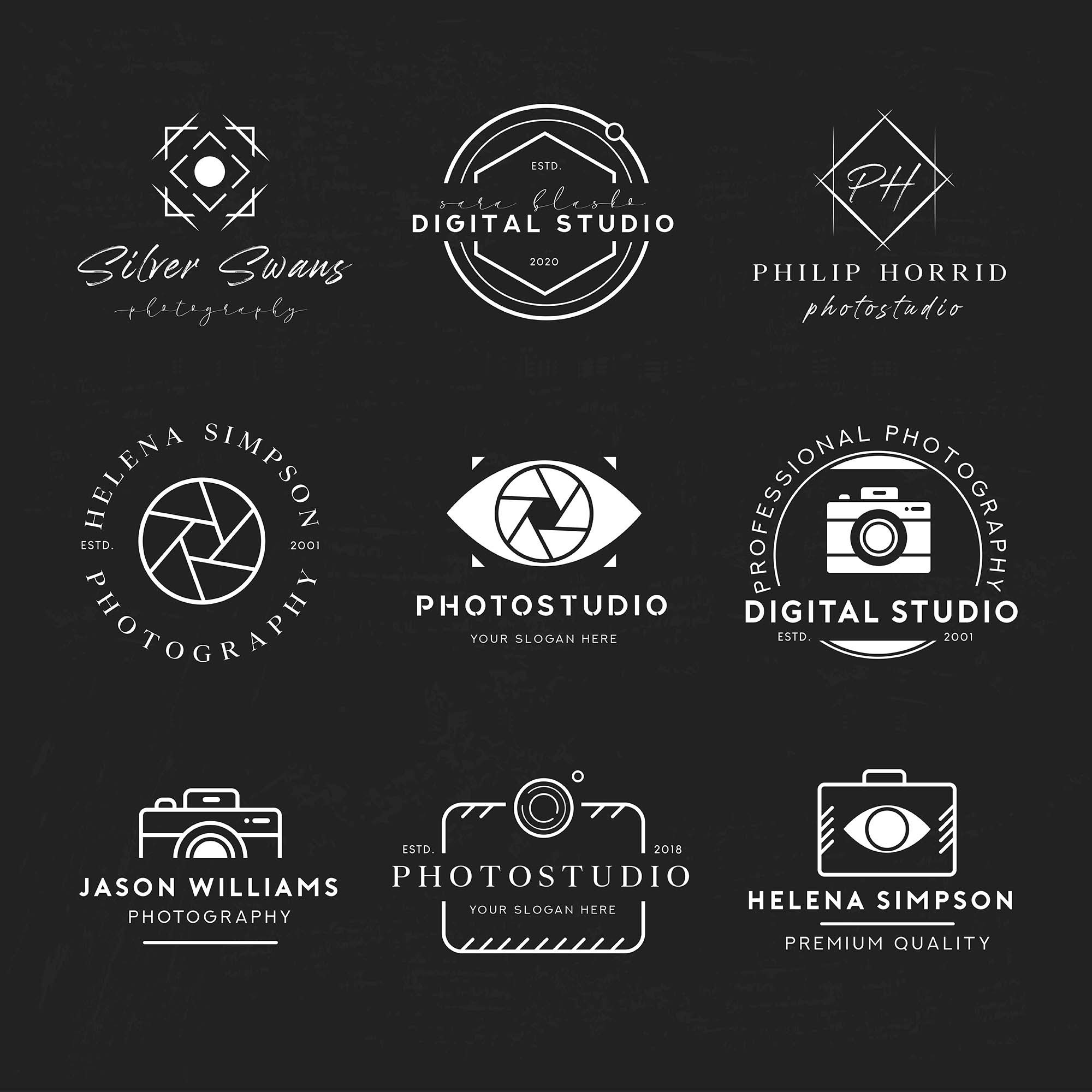
To create an effective photographer logo, it is important to understand the key elements that make a logo successful. These elements include:
Simplicity
A simple logo is easier to remember and recognize. Avoid cluttering your logo with too many elements or intricate details. Opt for clean lines and minimalistic designs that convey your brand essence without overwhelming the viewer.
Uniqueness
Your logo should be distinctive and set you apart from other photographers. Avoid cliché symbols or generic icons commonly associated with photography. Aim for a design that reflects your unique style and vision.
Relevance
Your logo should be relevant to your photography niche and target audience. Consider incorporating elements that reflect the type of photography you specialize in, such as a camera icon for general photography or a film reel for film photographers.
Versatility
Your logo will be used across various platforms and mediums, from your website to business cards and social media profiles. Ensure that your logo is versatile and can be easily scaled, resized, and adapted for different purposes without losing its impact.
Timelessness
A logo should withstand the test of time. Avoid trendy design elements that may quickly become outdated. Opt for a timeless design that will remain relevant and impactful for years to come.
Photographer Logo Ideas
Now that we have discussed the importance of a photographer logo and the key elements to consider, let’s explore some creative logo ideas tailored specifically for photographers:
1. Monogram Logo
A monogram logo combines your initials or name initials into a unique and visually appealing design. This type of logo can be tailored to reflect your photography style and can be created using various font styles and graphic elements. Experiment with different combinations and arrangements to create a monogram logo that is both elegant and memorable.
2. Camera Icon Logo
The camera icon logo is a classic choice for photographers. It instantly communicates your profession and creates a visual association with photography. To make your camera icon logo stand out, consider adding a unique twist, such as incorporating your initials or utilizing negative space creatively. Play with different camera angles and styles to find a design that represents your brand effectively.
3. Nature-Inspired Logo
If you specialize in nature or landscape photography, consider incorporating elements from the natural world into your logo. This could include trees, mountains, water, or wildlife. A nature-inspired logo not only reflects your niche but also evokes emotions associated with the beauty of the outdoors.
4. Abstract Logo
An abstract logo allows for creative expression and can be open to interpretation. It gives you the freedom to represent your unique style and vision without being limited to literal symbols. Abstract logos can be visually striking and memorable, leaving a lasting impression on viewers.
5. Signature Logo
A signature logo incorporates your handwritten signature into the design. This type of logo adds a personal touch and conveys a sense of authenticity. Experiment with different pen styles and calligraphy techniques to create a signature logo that reflects your personality and style.
6. Film Reel Logo
For film photographers or those who specialize in vintage aesthetics, a film reel logo can be a fitting choice. This logo idea incorporates a film reel or filmstrip into the design, instantly evoking a sense of nostalgia and creativity. Experiment with different film reel styles and placements to create a logo that resonates with your target audience.
Designing Your Photographer Logo
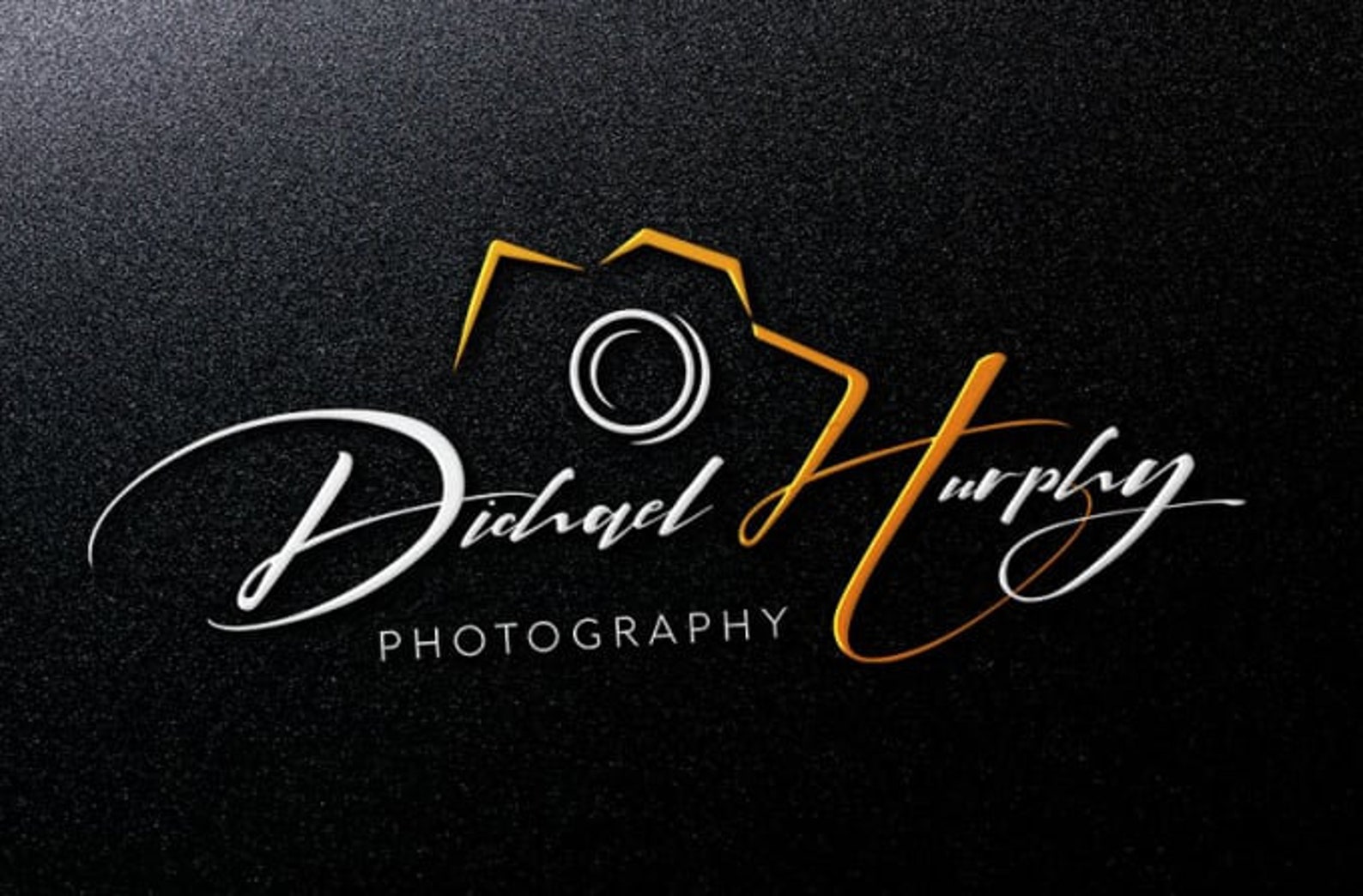
Now that you have explored various photographer logo ideas, it’s time to put your creative ideas into action. Here are a few steps to guide you through the logo design process:
1. Research and Inspiration
Start by gathering inspiration from other photographers’ logos, as well as logos from different industries. Look for designs that resonate with you and take note of elements you find appealing. This research phase will help you refine your design preferences and identify unique elements you can incorporate into your own logo.
2. Sketching and Concept Development
Take your ideas to paper and start sketching rough concepts. Don’t worry about creating a perfect design initially; focus on capturing the essence of your ideas. Experiment with different shapes, fonts, and symbols until you find a few concepts worth exploring further.
3. Digital Design
Once you have a few solid concepts, bring them to life using graphic design software. Experiment with different color palettes, fonts, and layouts. Remember to keep your design simple, unique, and relevant to your brand.
4. Feedback and Iteration
Seek feedback from trusted peers, clients, or design professionals. Their input can help you identify areas for improvement and ensure your logo resonates with your target audience. Iterate on your design based on the feedback received, refining and polishing until you have a final logo that truly represents your brand.
5. Implementation and Consistency
Once you have your final logo, implement it consistently across all your branding materials. Use it on your website, social media profiles, business cards, and any other touchpoints with clients. Consistent use of your logo builds brand recognition and helps establish your photography business in the minds of potential clients.
Conclusion
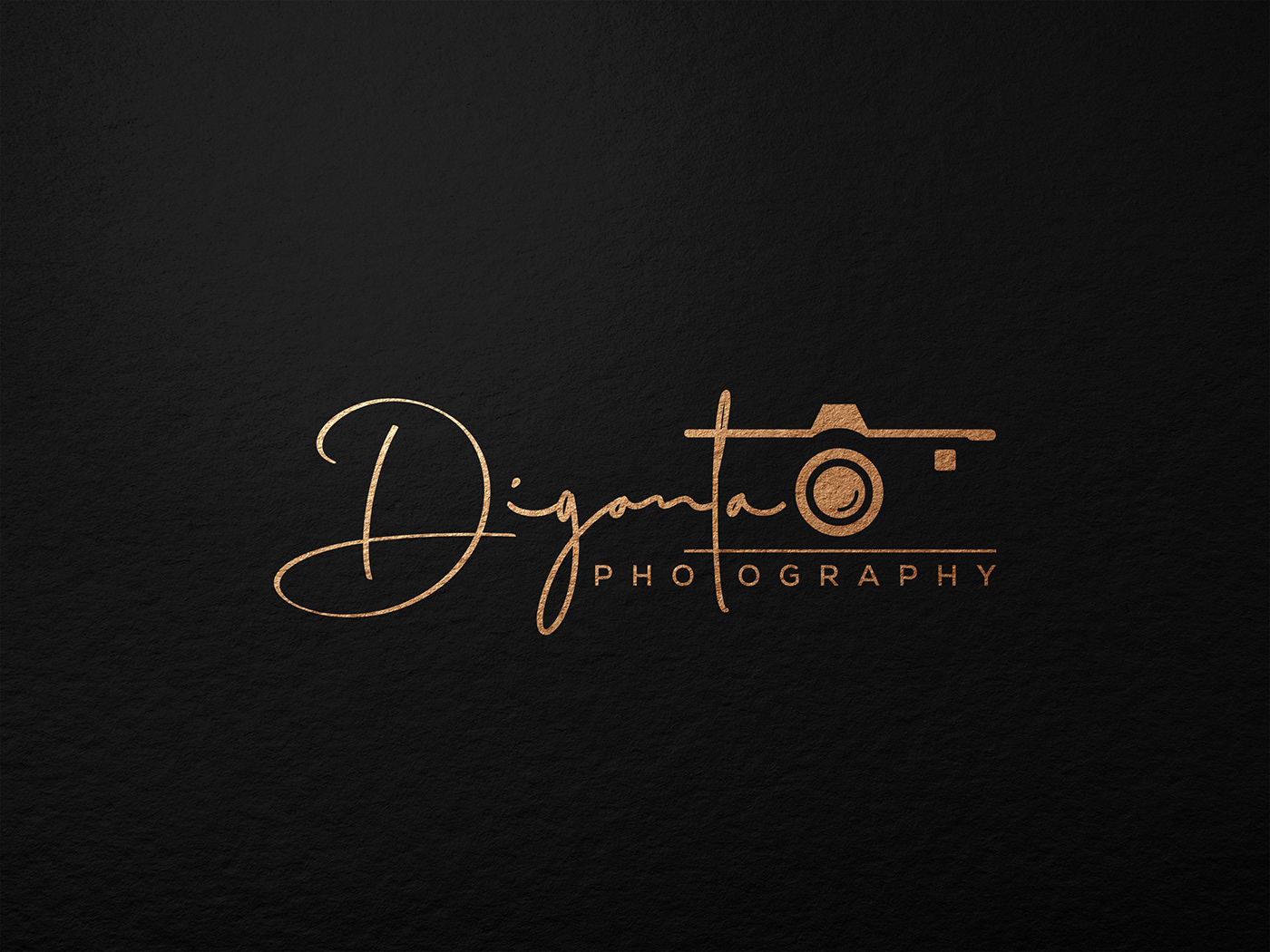
Crafting a memorable photographer logo is an essential step in building a strong brand identity. By considering the key elements of simplicity, uniqueness, relevance, versatility, and timelessness, you can create a logo that reflects your unique style and resonates with your target audience. Whether you opt for a monogram logo, camera icon logo, nature-inspired logo, abstract logo, signature logo, or film reel logo, remember to stay true to your brand and create a design that stands the test of time. Invest time and effort into your logo, and it will become a powerful tool in attracting clients and establishing your photography business as a trusted and memorable brand.
Marietta Arnold is a branding and design enthusiast who draws inspiration from hobbies like hiking, photography, and art exploration. With a background in graphic design, she shares insights on branding strategies and logo design trends. Stay updated with Marietta’s work for the latest in branding and design.
